Carcassonne's Cassoulet
- AMCL Schatz

- Feb 19, 2023
- 5 min read
Updated: Feb 20, 2023
Carcassonne is home to some sophisticated French fare. Since it lies within Languedoc-Roussillon, one of the largest wine producing regions in Europe, it takes its gastronomy very seriously. After all, one requires a a cuisine capable of soaking up all that wine! At the same time, due to its proximity to Spain's Catalan region, their most cherished dishes brilliantly combine the aromas of French Provence gastronomy with the influence of Spanish cuisine.
Carcassonne is situated in Haut Languedoc. With its hills and mountains, its cuisine is very hearty, characterized by the use of pork and bird fat, especially duck, and by local dairy products.
They say that when in Carcassonne, it is a must to try the cassoulet. The cassoulet is a rich, slow-cooked white bean stew that that is simmered for a long time until the beans melt in your mouth. It also contains meat, pork rinds, confit of goose or duck, bacon, sausages, and vegetables. The dish is named after its traditional cooking vessel, the cassole, a deep, round, earthenware pot with slanted sides. It is hailed as " the King of Occitan cuisine" and is synonymous with friendship and gathering around a big table in the company of family and friends. It is eaten with bread and paired with wine.
There are at least three versions of the cassoulet - from Castelnaudary, Carcassonne and Toulouse - and fierce arguments rage as these towns lay claim to being the birthplace of the revered dish. But in general, most people consider the Castelnaudary version to be the original one.
According to legend, during the Hundred Years' War, Castelnaudary was besieged by the English and facing defeat, the townfolks gathered up all the local ingredients they could find to make a fortifying meal for the last of their starving soldiers on the night before the big battle. Reinvigorated, the Castelnaudary defenders chased the English away, and the town was once again free, thanks to the hearty cassoulet. Up to the present time, this "poor man's dish" continue to be celebrated by way of a week-long festival every August.
Castelnaudary Cassoulet is made with white beans from Lauragais (strictly these locally-grown beans, or nothing else will do, according to the locals), goose confit, pork shank or shoulder, sausage, pork rind, poultry carcass or a few pork bones, onions, and carrots. Carcassonne Cassoulet contains red partridge. Toulouse Cassoulet contains duck confit and Toulouse sausage, carrot, onion, and cloves.
In 1929, Proposer Montagné, the famous chef from Carcassonne, acknowledged the supremacy of Castelnaudary Cassoulet in his book "Le Festin Occitan." His allusion to the "“Holy Trinity,” but in cassoulet terms, goes like this:
"Castelnaudary Cassoulet is the 'Father.'
Lingot beans, confit, pork loin, belly, rind, shanks, onion bouquet garni, seasoning…
Carcassone Cassoulet is the 'Son.'
You add red-legged partridge to the recipe.
Toulouse Cassoulet is the 'Holy Spirit.'
You add lamb, mutton and then, at the end of cooking, pork rind sausage and duck confit, Then cover it with Toulouse sausage."
Thus, for lunch, my travel amigas and I made it our mission to eat cassoulet, and we were told that most restaurants serve this dish.
We stumbled upon a small inn that had an adjacent restaurant manned by staff in medieval costumes (the guys as Cathar knights and the ladies as Middle Ages princesses). There was also a nice table set-up by the door with samples of their specialty dishes. To be honest with you, we were drawn there because of the fanfare, and when we checked the prices, we found them reasonable. Of course, they had the cassoulet on the menu.
The restaurant had an outdoor patio and a quaint garden dining area at the back, but due to the heat, we opted to sit inside, which was cool and cozy. Of course, we all ordered the famed cassoulet and we opted for the combo meal that included French onion soup to start, Toulouse-style duck confit cassoulet, and a cheese plate for dessert.
The server claimed they make the best homemade cassoulet in the area and that they only use all-natural ingredients. And unlike most restaurants that guard their secret recipes, this one had no qualms about sharing it with the world. The recipe was written on a wall at the back of the dining room, and if one was too lazy to write it down or take a picture, at the end of the meal, the servers handed out sheets of paper with the recipe anyway.
Our food came promptly. I was surprised by the French onion soup’s presentation as the cheese was served on the side instead of gratinéed over the soup with croutons on top, like we normally see in restaurants. But this is southwest France and who can argue with the French! The cassoulet was creamy and tasty, but a tad salty for my taste, perhaps because of the huge sausage or the very rich confit. Nevertheless, I truly enjoyed it. The dessert platter featured local cheese and fresh fruits. We also ordered glasses of locally-produced wine to go with the meal.
Everything was great, but I would be interested to try other versions of this local fare. In hindsight, my amigas and I realized me might have fallen for a tourist trap and we could have exerted more effort in finding a place that was more authentic. But for the price that we paid, the food was good and the service was excellent, so who were we to complain? Plus, we got a free recipe.
One of my amigas said we could always try making the dish ourselves in our own kitchen. "Nah, too much work and too many ingredients," one of us said. "Or we could come back to Carcassonne and make sure we consult a local, which we forgot to do this time," added one. And all I could say was, "Darn those medieval costumes!"
From a shopkeeper, we heard about this restaurant called Maison du Cassoulet that boasted of preparing the authentic Castelnaudary Cassoulet from a recipe that has been passed down from generation to generation all the way back from the 13th century. Another local also told us about La Cotte de Mailles, a restaurant that offered a medieval menu, including wild boar, deer, pheasant, and partridge at reasonable prices, so one can eat like Robin Hood and his merry band of outlaws.
Perhaps, if I find myself in this region again…I would sample all the cassoulet versions and try other well-rated restaurants....recommended by locals...no fancy costumes required.
It’s certainly not hard to wish for a second or a third visit. As soon as we stepped out of the restaurant, satiated and rested, we became more attuned to the fantastical atmosphere of the town. This was no Disneyland or theme park…this was the real thing! The place was teeming with medieval structures steeped in history and legend – churches, castles, ramparts, fountains and wells, private mansions, and monuments.
Cassoulet or no cassoulet, we all said we'd like to go back.
Photo Credits:
travelawaits.com, travelinspires.org, grand-carcassonne-tourisme.fr, L'Auberge des Musées Facebook page, Jean-Pol Gradmont (Wikimedia), medieval.mrugala.net, Duch (Wikimedia), Pinpin (Wikimedia), greatdestinationsradioshow.com

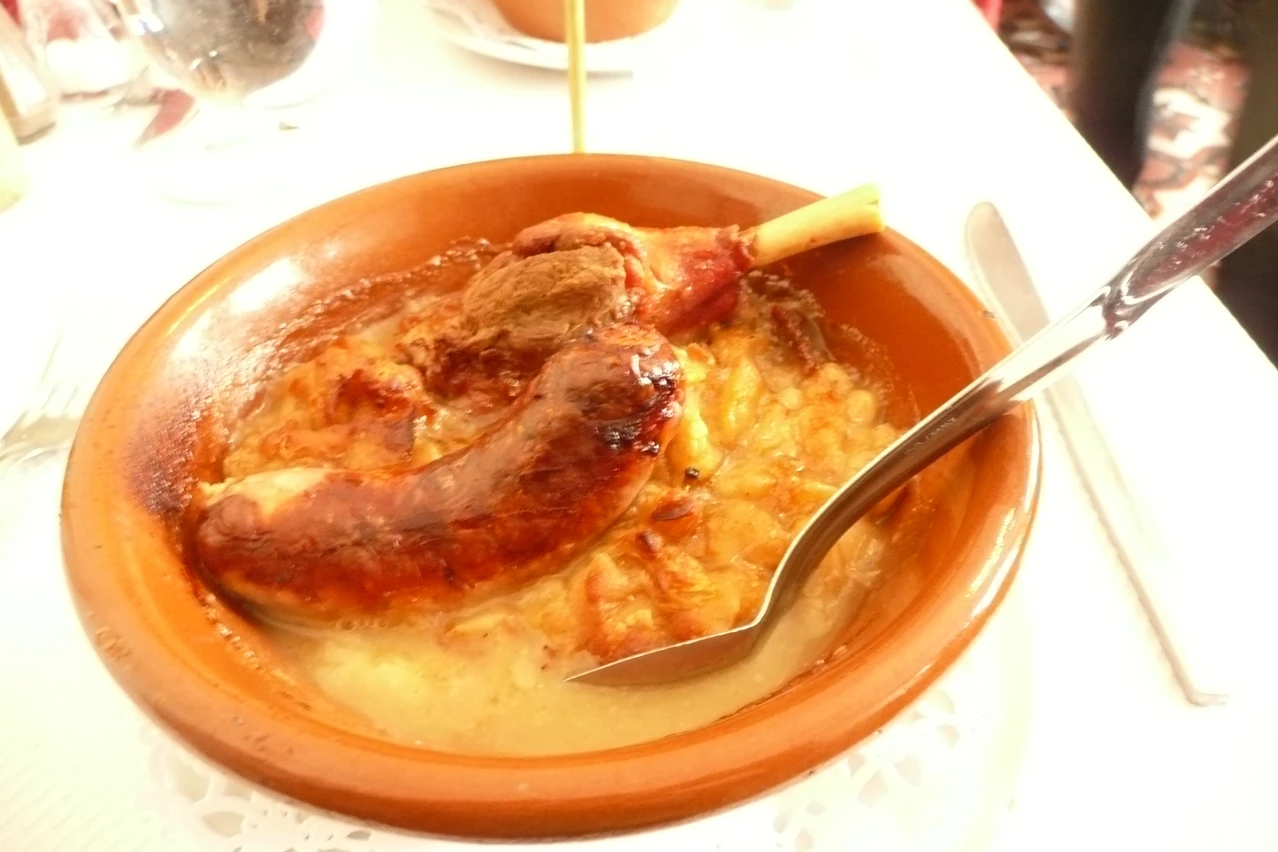
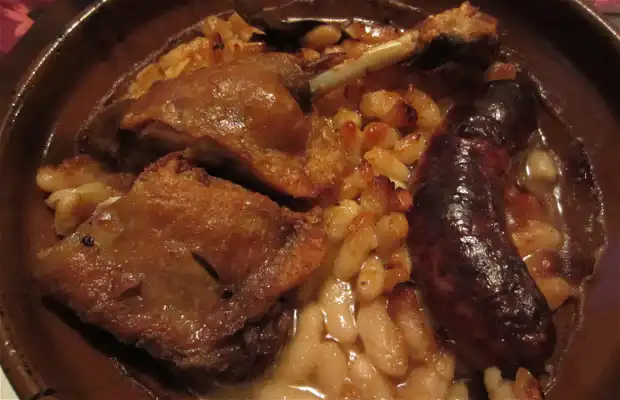
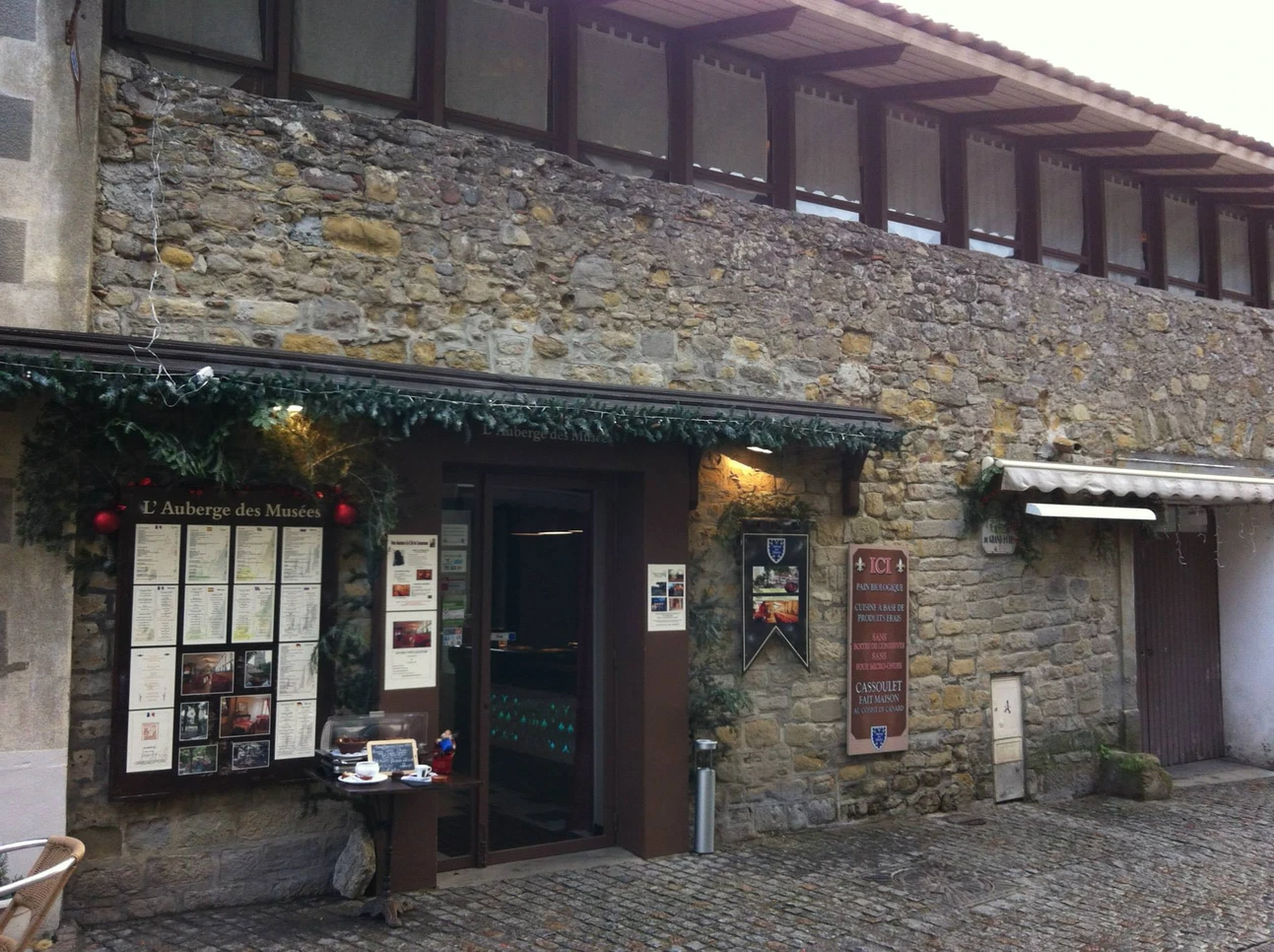
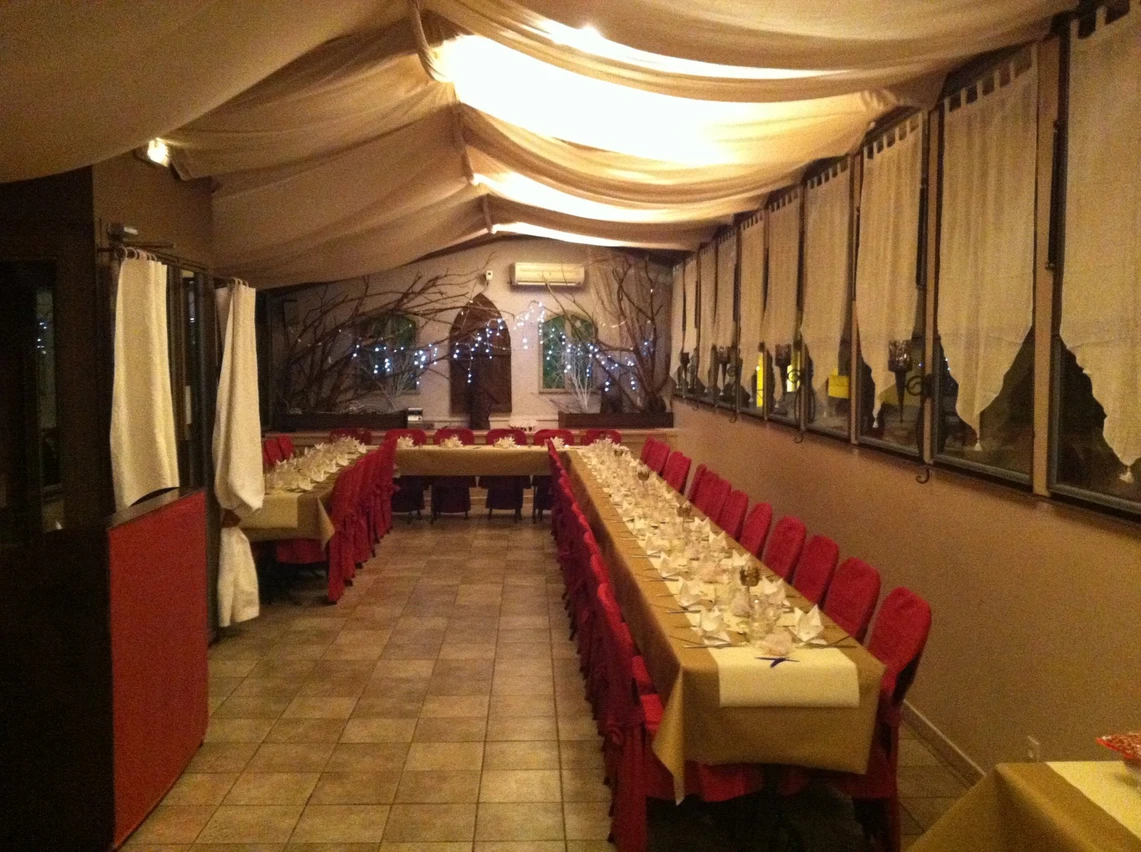

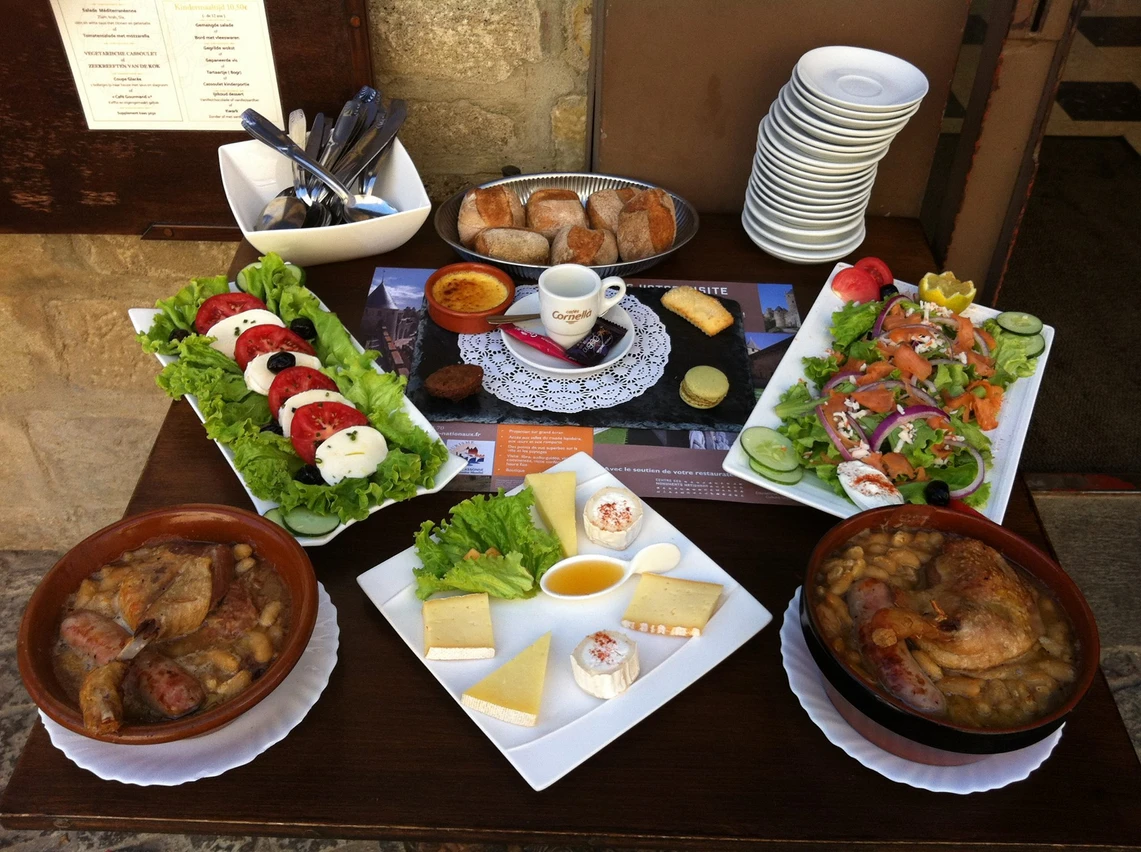
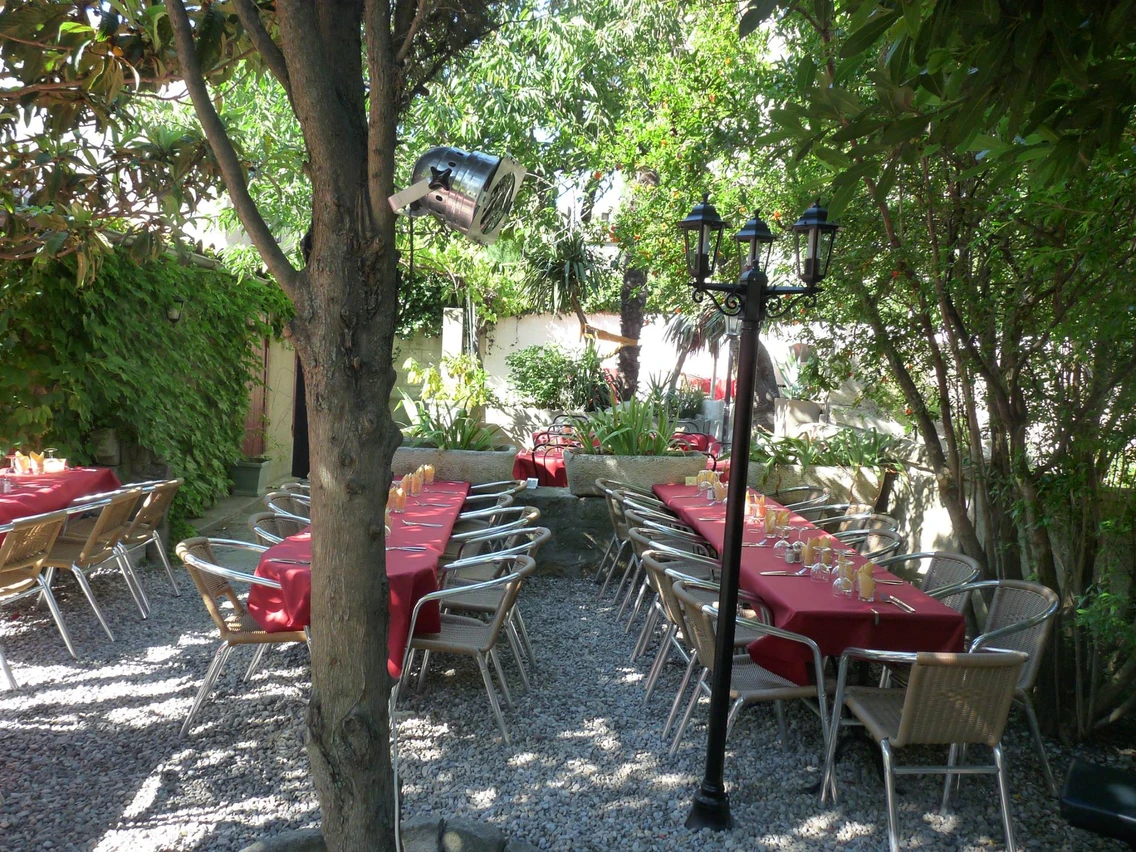
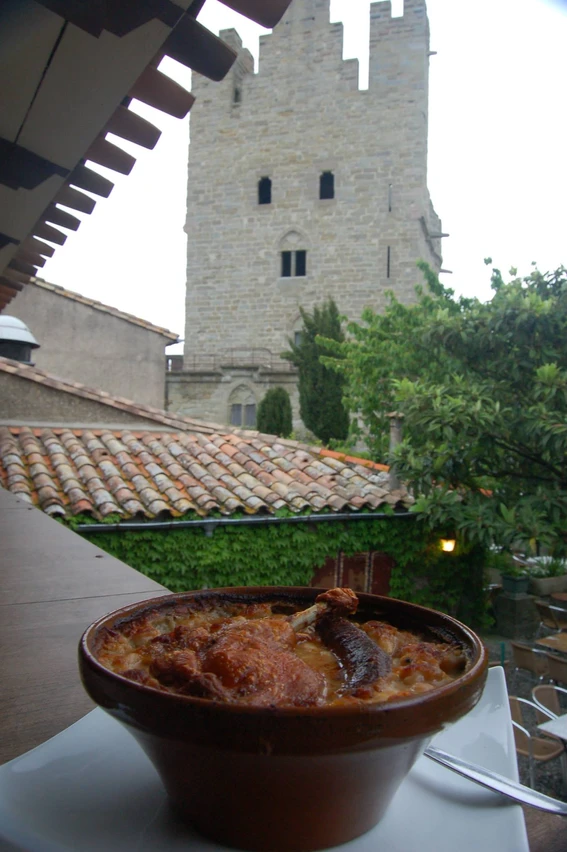
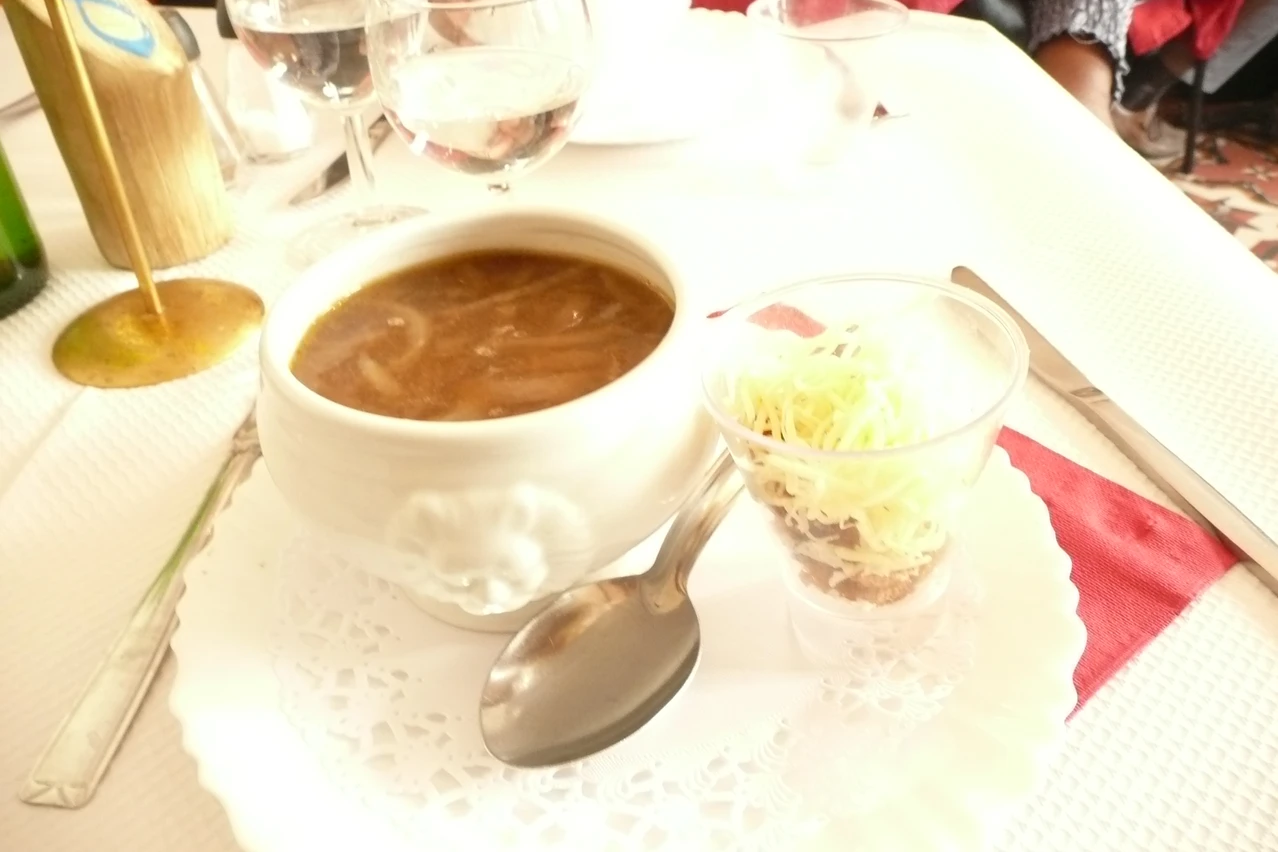


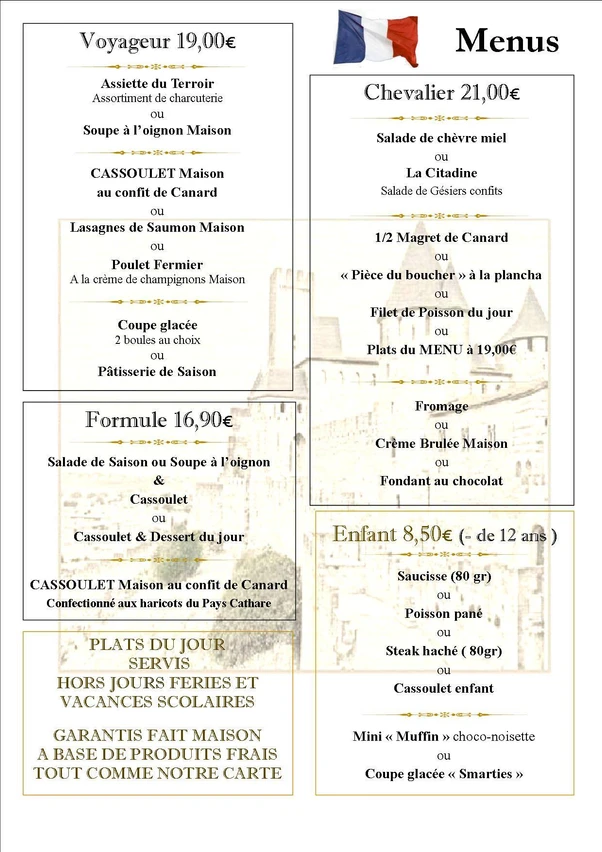





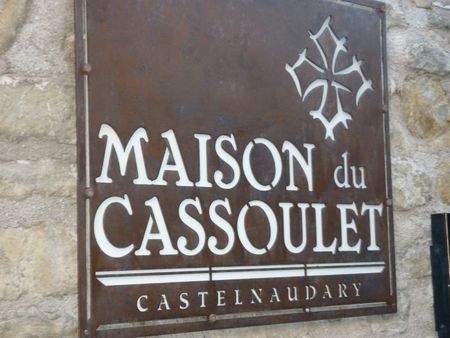








Comments